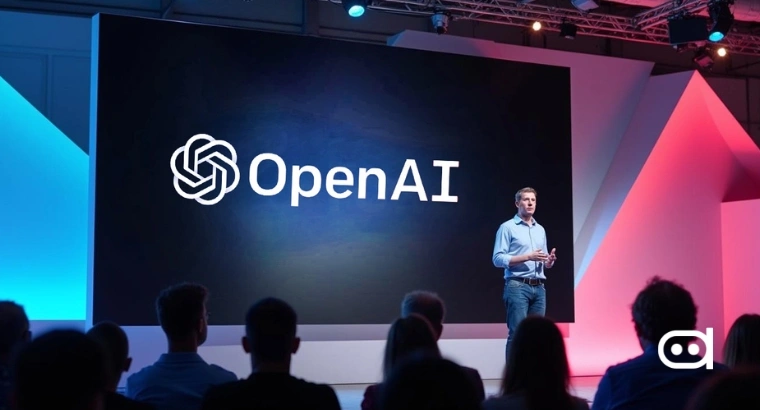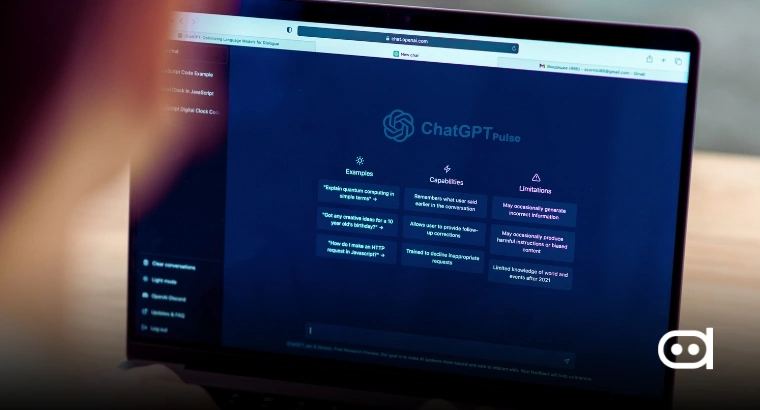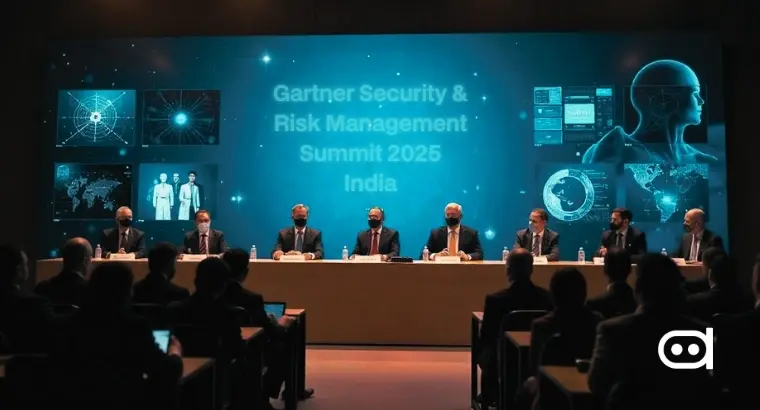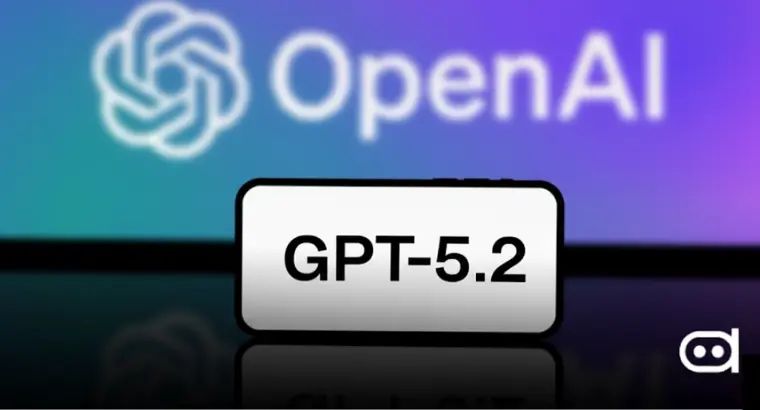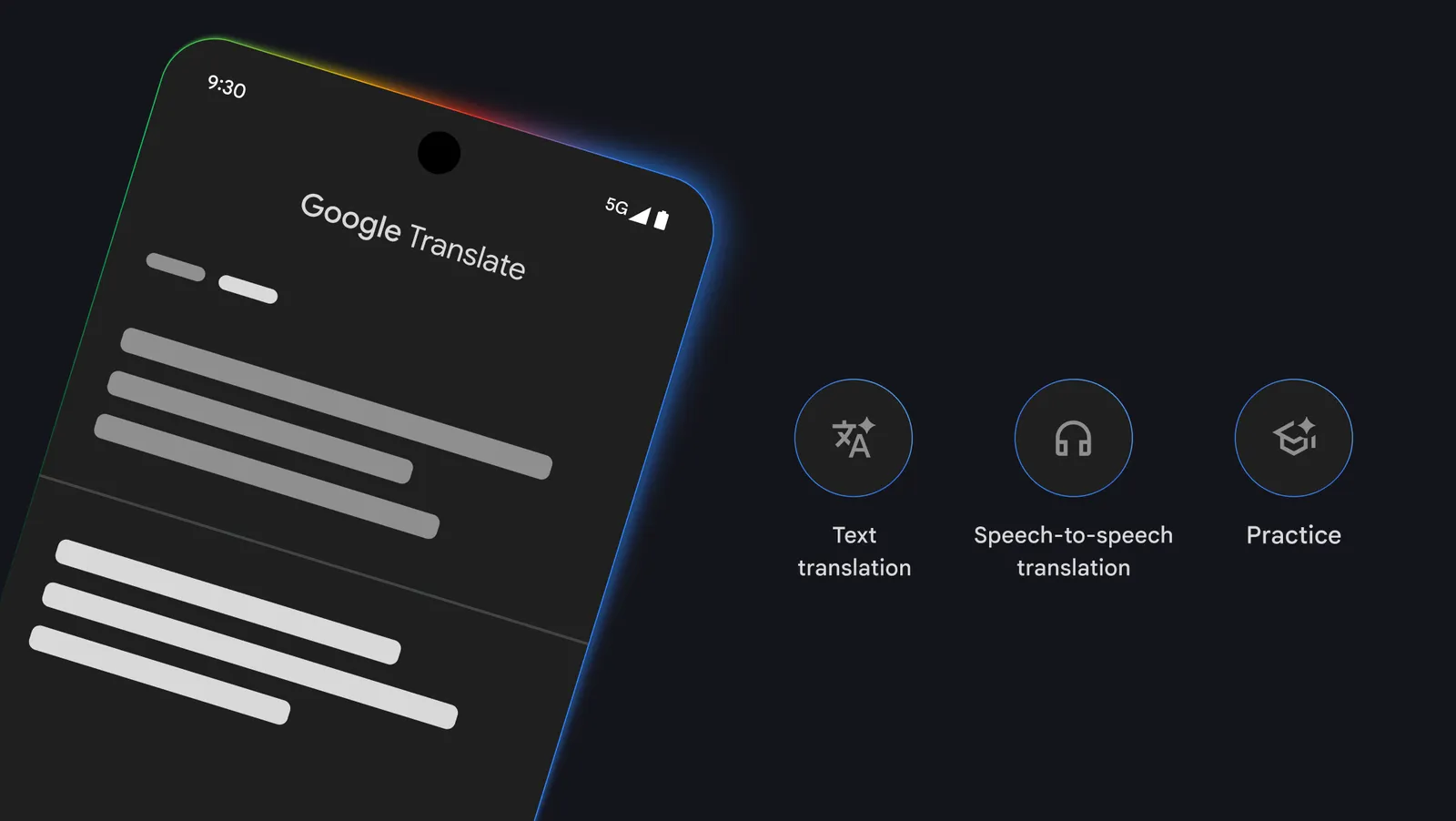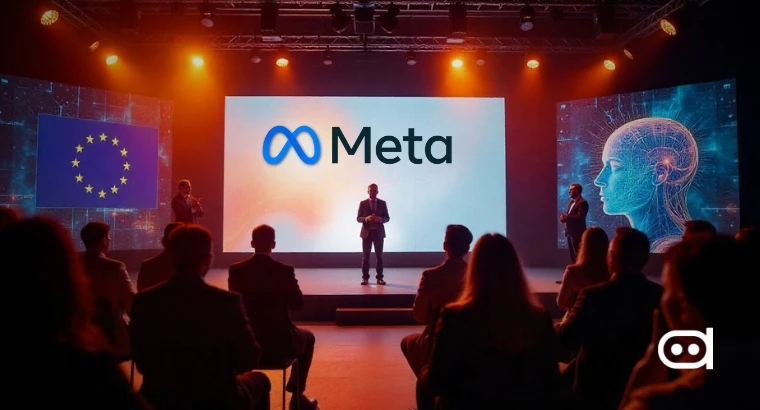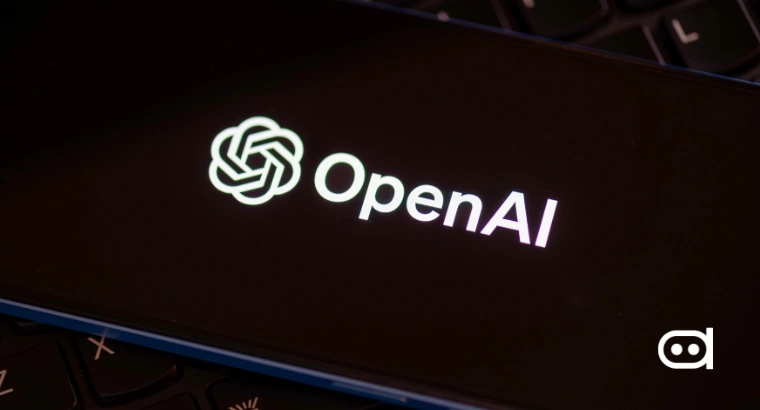
- Cybersecurity experts have identified a new Linux variant of the notorious Play ransomware, which is now targeting VMware ESXi environments. This development indicates a broader attack strategy, posing greater risks to critical business infrastructure.
- Play ransomware, known for its double extortion tactics, has evolved. It leverages a range of tools and techniques to infiltrate and encrypt virtual machines, demanding ransoms for decryption keys. The malware’s expansion to Linux platforms marks a significant shift in its threat landscape.
Broad Attack Strategy
Play ransomware, which has been a formidable threat since its entry into the market in June 2022, uses double extortion tactics by encrypting data and demanding ransom. The newly discovered Linux variant that mainly targets VMware ESXi environments suggests an expansion of attacks to more impactful ones. By concentrating on these high-value targets, the ransomware group intends to maximize their disruption and increase their ransom payouts, thereby necessitating robust cybersecurity frameworks within vulnerable sectors.
Sophisticated Techniques
The Play ransomware group employs several applications and methods to access systems. According to Trend Micro analysis, the sample of ransomware runs in an ESXi environment where it encrypts essential VM files and appends them with the “.PLAY” extension. A note demanding ransom is placed in the root directory, suggesting attackers’ control over the system. Additionally, the group uses Prolific Puma’s illicit link-shortening service to evade being caught while using the registered domain generation algorithm(RDGA) to create multiple domains for malicious purposes.
Read More: CrowdStrike Update Sparks Unprecedented Global IT Chaos
Industries Impacted
Statistics show that the USA was the most targeted country in the first half of 2024, with large cases happening in Canada, Germany, the UK, and the Netherlands, among others. Affected industries comprise the manufacturing industry, professional services, and IT retail finance. The extensive damage underscores the need for expanded cybersecurity protocols across different segments. This type of ransomware can simultaneously encrypt multiple virtual machines (VMs) while storing crucial information, making it a very attractive target for cybercriminals.
Conclusion
This is a significant escalation in cyber threats, as witnessed by the Linux variant of Play Ransomware targeting VMware ESXi systems. Companies have to strengthen their cybersecurity strategies against such advanced threats. The proliferation of such relationships between Play Ransomware operators and groups like Prolific Puma indicates the increasingly sophisticated nature of modern-day cyber threats. Fortifying defenses and keeping up-to-date with these changing scenarios are key to reducing vulnerabilities and shielding critical infrastructure from ransomware attacks.
Latest Stories:
Copyright case: OpenAI asks NYT to establish article originality
OpenAI will boost India’s AI mission’s app development
Meta clarifies AI content: “Made by AI” evolves to “AI Info”
Copyright case: OpenAI asks NYT to establish article originality
